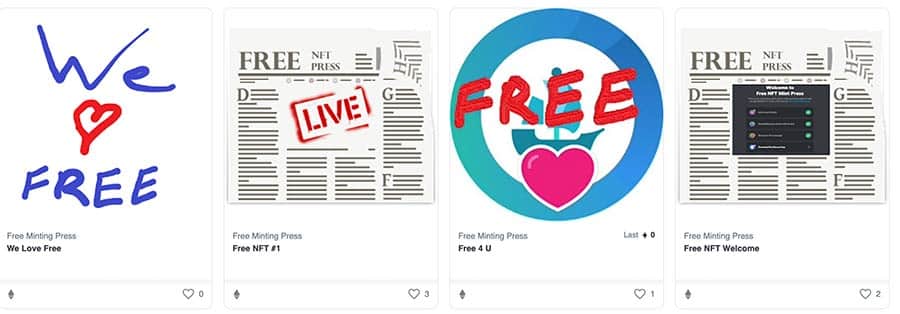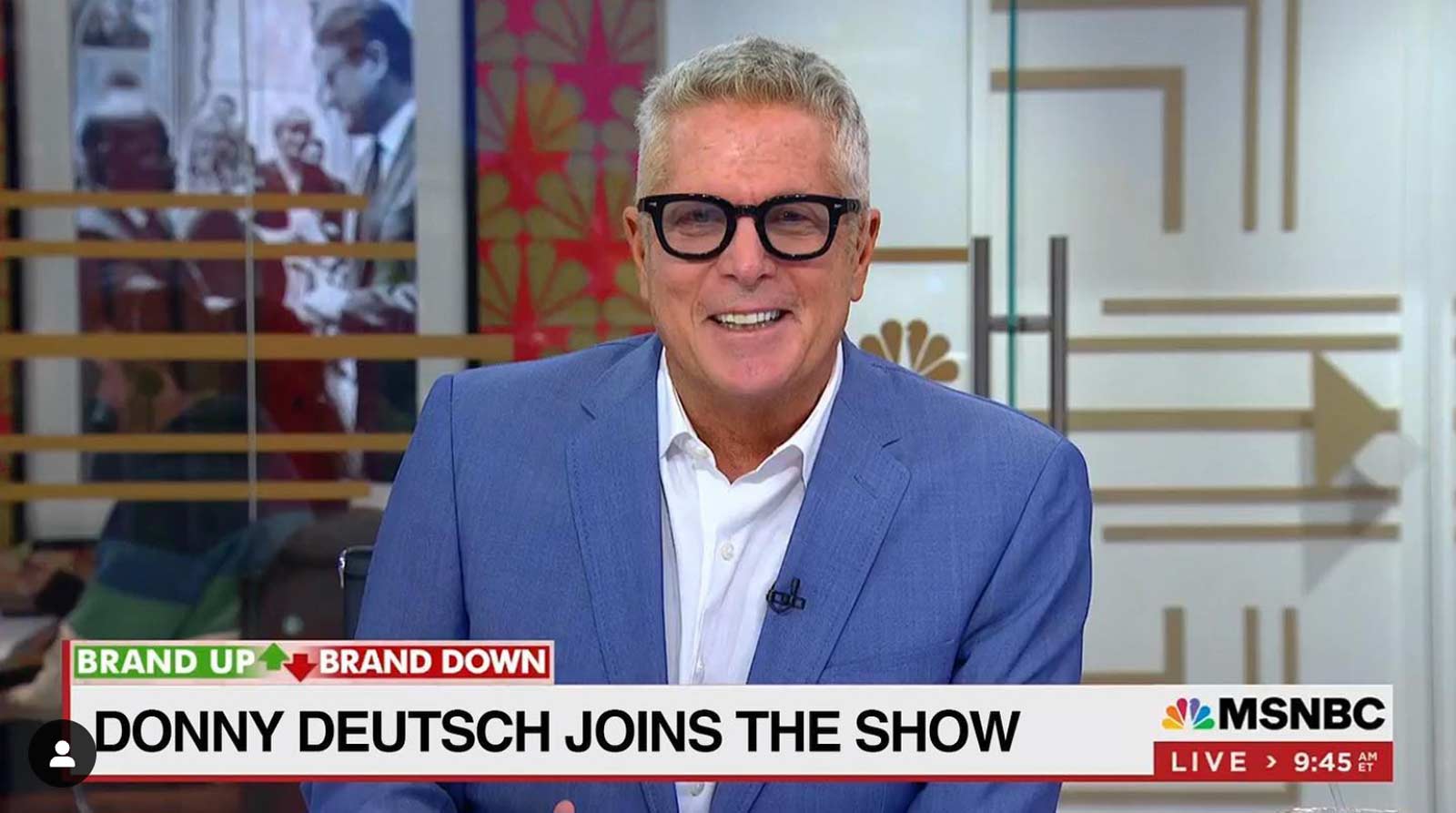NFTs have a trust problem. It’s not an image issue that needs managing. It’s a real problem that needs fixing. And it’s not going away until some fundamental reforms and upgrades are made to the architecture of NFTs (non-fungible tokens).
How do we know there’s a significant trust issue? Because any time fraud and piracy pervade an ecosystem in large numbers, it keeps honorable participants on the sidelines and attracts more bad actors to join in. You’ve heard of a virtuous circle? Think of this as the opposite: an unvirtuous circle that keeps reinforcing itself. Let’s count the ways in which the public’s perception of NFTs has been pummeled in recent weeks:
- The video at top, The trouble with NFTs, has received 4.9 million views and 272,000 likes since it debuted on Jan. 21. That’s a lot of negative word of mouth! The creator’s two-hour diatribe makes several valid points, though pointedly overlooks the many examples of how NFTs are beginning to lift up the Creator Economy. Still, it reflects the current Zeitgeist.
- OpenSea has become the poster child for people behaving badly with NFTs. The site recently acknowledged that more than 80% of NFTs minted for free on its platform “were plagiarized works, fake collections, and spam.” OpenSea is currently the Amazon of the space, dwarfing all other NFT marketplaces. So that should tell you something that tackling the authentication issue has been beyond their capability — or not a top priority.
- Vice came out with a takedown of the NFT space on Feb. 1, featuring an essay titled, The NFT Ecosystem Is a Complete Disaster. Vice cites OpenSea’s 80% plagiarism figure and writes: “That’s a very large figure, and one that is probably not surprising to artists whose work has been stolen en masse and minted into NFTs.” Again, the piece is fairly one sided, ignoring all the artists that now make a living by creating NFT art, as if NFTs represent an unalloyed evil instead of an early iteration of a promising technology that needs to get its act together.
NFTs 1.0 turn out to be one-dimensional
For those of us working in the space, it would be easy to dismiss such criticism as so much noise from those who don’t yet get it. But we shouldn’t be defending the indefensible. Instead, we should be fixing what’s broken.
Let’s start with NFTs 1.0. The original standard for NFTs has a certain elegant simplicity to it: a unique digital certificate, registered in a blockchain, that is used to record ownership of an asset such as an artwork or a collectible. All NFT transactions are recorded publicly on the blockchain and viewable on Etherscan, a tool that lets you see public data on transactions, smart contracts, addresses, and more on the Ethereum blockchain. That means your NFT purchases are public but incognito, in the sense that it’s your wallet’s ID that can be viewed by anyone.
So far so good.
But why does the underlying digital asset that the NFT authenticates ownership of need to be publicly viewable — and copyable — without the seller’s or owner’s consent?

The need for encryption in the NFT food chain
The reason you don’t see books sold as NFTs (under the current NFT 1.0 standard) is that authors are all too aware that if you put an unprotected epub online, the thing will wind up on a Russian piracy site within a day for all the world to download … with no rubles going to the author.
As technologists have demonstrated over and over again (Napster, anyone?), intellectual property protection does not rank in the tech world’s hierarchy of needs. And I don’t mean digital rights management. I mean content that’s transfered from seller to buyer in a secure transaction.
That’s what our team at Amberfi is building: A more secure, fraud-resistant Web3 space.
Every bro with an NFT podcast loves to talk about the awesomeness of trustless systems in Web3. “Trustless” means that you don’t have to trust a third party: a bank, a person, or any intermediary that could operate between you and your cryptocurrency transactions or holdings.
But what we really need to build is more trust in the Web3 ecosystem itself.
Artists need this.
Collectors need this.
The entire Web3 ecosystem needs this.
Stay tuned. Coming soon.






